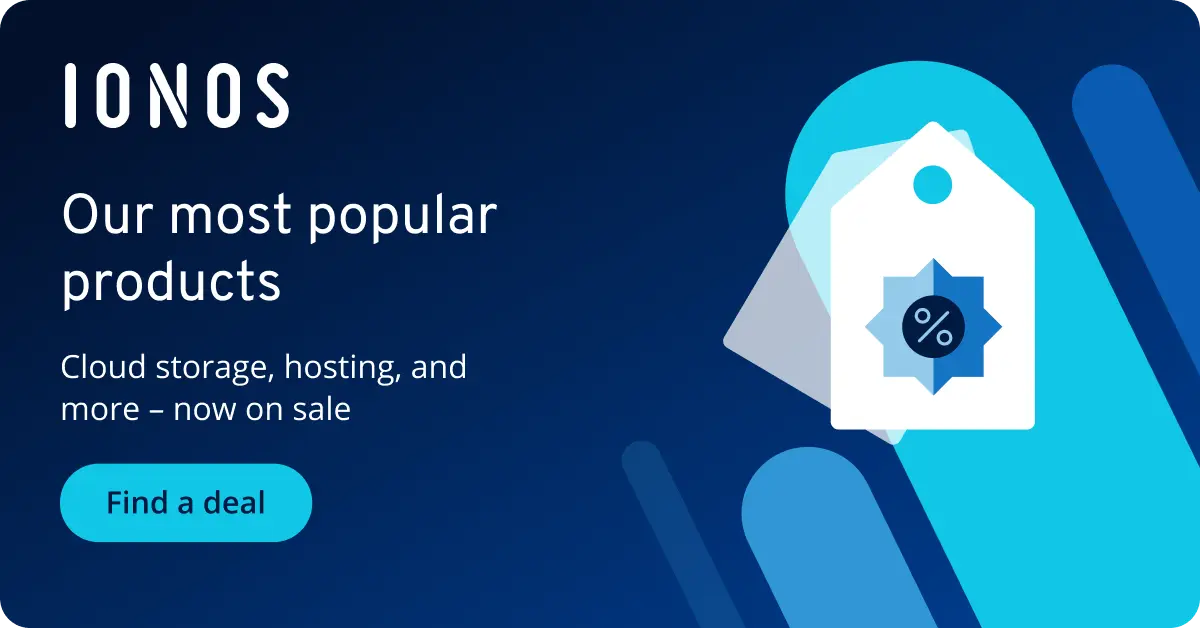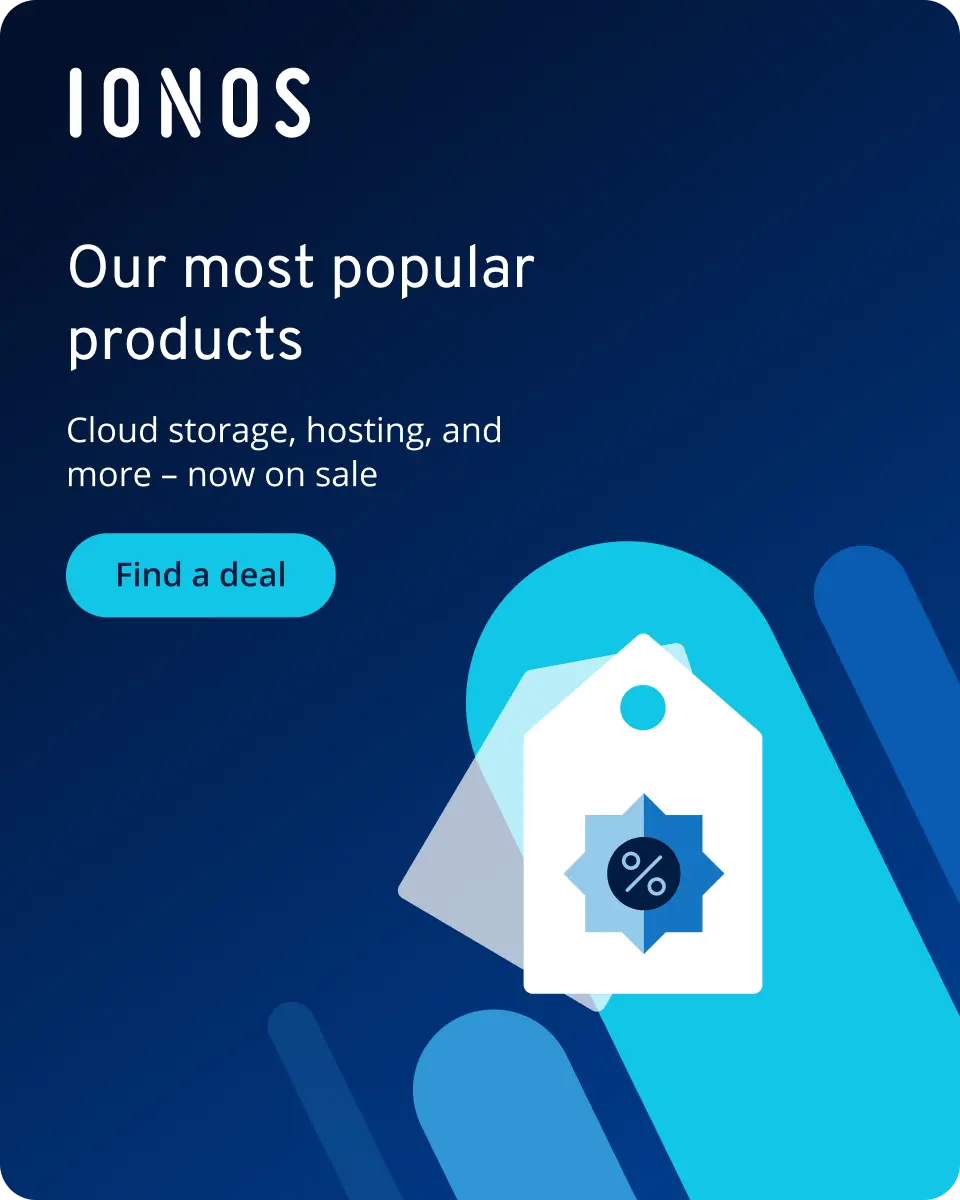What are the six best MongoDB alternatives?
MongoDB is a document-oriented NoSQL database known for its flexible schemas, virtually unlimited horizontal scaling, and high fault tolerance and availability. However, for use cases that require strict consistency, low latencies, or minimal management overhead, other database architectures may offer more tailored solutions. These MongoDB alternatives range from relational databases and column-oriented NoSQL systems to in-memory databases and embedded solutions.
What is MongoDB and what are its alternatives?
For many years, relational databases were the undisputed standard for data management. However, the evolving data needs of modern web applications have led to the rise of alternative approaches—and this is where MongoDB comes in. Unlike relational systems (RDBMS), MongoDB stores data in a document-oriented format using flexible BSON documents organized into collections. Each document can have a completely different structure, unlike the rigid table format used in relational databases. Thanks to the BSON format—which is similar to JSON—MongoDB supports all JavaScript data types, making it a popular choice for JavaScript-based platforms.
As a NoSQL database, MongoDB does not use SQL for querying. Instead, it uses its own query language, MongoDB Query Language (MQL). Another standout feature of MongoDB is its horizontal scalability. The system distributes data across multiple server instances using sharding, which boosts data availability and overall performance. Additionally, MongoDB supports ACID-compliant transactions, ensuring that data remains consistent and securely stored even in the event of errors, crashes, or simultaneous access by multiple users.
Managed MongoDB from IONOS enables you to concentrate on the essentials. From installation to operation and maintenance work, IONOS makes sure you always get the best performance from your data banks.
MySQL: Proven RDBMS for structured data
MySQL was developed in the mid-1990s by the Swedish company MySQL AB and quickly became known for being a fast, reliable open-source-database. In 2008, Sun Microsystems, which had been part of the tech giant Oracle since early 2010, acquired MySQL and has been responsible for its development ever since. Today, MySQL is one of the most widely used relational database solutions globally, with both open-source and commercial enterprise versions available.
As a MongoDB alternative, MySQL is especially suitable for scenarios requiring strict data consistency, robust SQL functionality, and a well-established database structure. It offers high fault tolerance, multiple scaling options, and a variety of interfaces. Additionally, MySQL is capable of handling large volumes of structured data. Its clear, simple design also makes it beginner friendly.
Overview of MySQL benefits
- Available as both an open-source database and enterprise version
- High fault tolerance, speed, and availability
- User-friendly, even for beginners
- Multiple scaling options
- Various storage engines for different use cases
- Large community and extensive documentation
- Can be seamlessly integrated into numerous environments and frameworks
- Part of the LAMP stack (Linux, Apache, MySQL, and PHP)
PostgreSQL: Powerful database with an object-relational approach
PostgreSQL is another relational database system with a much longer development history than MySQL. Originally developed in the 1980s as a project at the University of California, PostgreSQL has been an open-source database since 1997. It combines a robust relational model with object-relational extensions, making it ideal for scenarios that require data integrity, advanced SQL features, and a high degree of flexibility.
As a MongoDB alternative, PostgreSQL excels with full ACID compliance and Multi-Version Concurrency Control (MVCC), ensuring stable performance even under high parallel load. Its flexible extensions framework, which includes tools like PostGIS for geospatial data and TimescaleDB for efficient time-series management, makes it highly adaptable.
Overview of the advantages of PostgreSQL
- Open-source and freely available
- High robustness and security
- Excellent performance, even under load
- Numerous extensions for various use cases
- Multiple scaling options
- Highly flexible
- Variety of interfaces
- Active community
MariaDB: SQL database designed for modern requirements
MariaDB is another relational database that follows the open-source model. Thanks to the GNU General Public License Version 2 (GPLv2), users can view, modify, and distribute the code. MariaDB was created in 2010 as a community-driven fork of MySQL and has become a strong MongoDB alternative for scenarios where relational integrity and SQL compatibility are crucial. It offers a wide range of storage engines that suit different use cases, including ColumnStore for column-based analysis and Aria for transactional workloads. MariaDB also boasts native JSON support, allowing semi-structured data to be directly stored in tables and queried using SQL. Its Galera Cluster enables synchronous multi-master replication, ensuring high availability. Additionally, features like Window Functions, Common Table Expressions (CTE), and Virtual Columns support complex analytics and reporting scenarios.
- Enterprise-grade architecture managed by experts
- Flexible solutions tailored to your requirements
- Leading security in ISO-certified data centers
Advantages of MariaDB at a glance
- Open source with active development
- MySQL compatible
- Efficient storage engines for various applications
- High performance and scalability
- Robust stability
- Full SQL support and easy integration
- Platform-independent
Apache Cassandra: NoSQL solution with a column-oriented approach
Apache Cassandra is a distributed NoSQL database that uses a column-oriented model, making it an ideal MongoDB alternative for extremely large datasets, linear scaling, and high fault tolerance. Its peer-to-peer architecture ensures that if one node fails, the system remains operational.
Cassandra uses its own query language, Cassandra Query Language (CQL), which allows for SQL-like interactions with the data. With automatic sharding, Cassandra scales nearly infinitely, and configurable consistency levels allow users to balance performance with data integrity. Apache Cassandra is also characterized by fast data queries, which go hand in hand with a robust security architecture.
Overview of the advantages of Apache Cassandra
- Open-source system
- Well-suited for large datasets thanks to horizontal and vertical scalability
- SQL-like query language (CQL)
- High fault tolerance, flexibility, and availability
- Excellent throughput rates and quick processing
- Selective ACID guarantees thanks to configurable consistency
Redis: Lowest latency thanks to RAM-based storage
As a non-relational in-memory database, Redis is perfect as a MongoDB alternative for use cases requiring very fast response times. The database achieves latencies of less than a millisecond, as data is stored in the RAM rather than on the hard drive. Redis is commonly used for real-time analytics, message brokering, and session management
Another advantage is the various scaling options. The database can be scaled both vertically (by increasing RAM capacity) and horizontally (using Redis Cluster). While performance is clearly its focus, if workloads require complex data or extensive query options, Redis reaches its limits. Also, as data volumes increase, the need for more RAM can quickly drive up operational costs.
Overview of advantages of Redis
- Open-source database
- Excellent performance thanks to in-memory data storage
- Extremely fast response times of less than one millisecond
- Flexible scaling options
- Ideal for real-time analytics
- High user-friendliness
- Wide compatibility with platforms, systems, and languages
SQLite: Minimalist SQL solution without server processes
SQLite integrates a fully-featured relational database system directly into the application, functioning as a library that stores both the data and schema in a single file. This means no separate server service is required, eliminating the need for installation, configuration, and most administrative tasks. The library is extremely compact, taking up only a few hundred kilobytes, supports most of the SQL-92 standard, and is designed for common data storage formats.
Originally developed for the US military, SQLite is now available as public domain software. For projects that require a lightweight, portable solution—such as embedded devices, IoT sensors, desktop applications, or local data analysis—SQLite makes an ideal MongoDB alternative. Thanks to the simple portability of individual files, many developers also use SQLite as a flexible backend for their applications.
Overview of SQLite advantages
- Serverless operation
- Low maintenance effort—no installation, configuration, or ongoing maintenance needed
- Small footprint
- High portability
- High reliability and failover capabilities
- Backups via file copy
- Support for numerous languages

